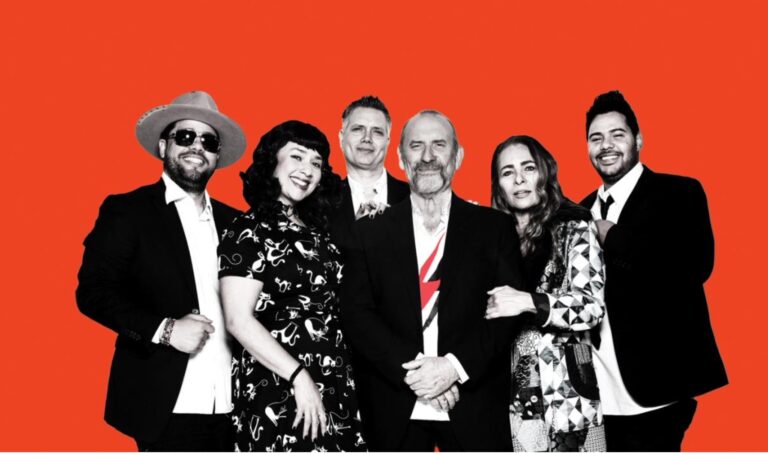
‘We remember them every day’: Rwanda 20 years on

This month marks the 20th anniversary of the Rwandan genocide. An estimated one million people were killed in one hundred days, the magnitude of the brutality leaving the international community in disbelief.
Lambert Ndakaza is a 40-year-old from Butera in southern Rwanda, who lost both his parents and three brothers during the genocide. He came to Australia three years after the tragedy in 1997.
“It is important to remember that people who lost their lives were humans like all of us and it is important to remember that their lives have to be remembered,” he said.
“That’s what we do every year and this year is no exception. Yes it happens to be the 20th anniversary but for us we have to remember them every day.”
An Australian family offered Mr Ndakaza a sponsorship to come to Australia and he now lives in Newcastle.
“I can tell you my life back in Rwanda was not a miserable life in no way, shape or form. I had a happy life,” he told City Hub.
“I didn’t come from a very wealthy family but I came from a very comfortable family that had everything we needed. I would never trade what I had before for what I have today.”
Dr Wendy Lambourne, deputy director of the Centre for Peace and Conflict Studies at Sydney University, said the Belgian colonial administration reinforced the cultural divide between the two main ethnic groups: the Hutus and the Tutsis.
“They basically instilled the idea that the other ethnic group was the cause of discrimination. The Tutsis were elevated and seen as superior whereas the Hutus are seen as inferior and that is reflected in the administration of the colony,” she said.
“There always was a difference between these two groups but it was not one that led to violence against the other. They lived together with different roles but they didn’t have a violent enmity.”
In the early nineties a peace agreement was being implemented between exiled Tutsis and the Hutu government, Dr Lambourne explained. In April 1994, an extremist subset of the Hutu government plotted the genocide, utilising propaganda to incite the rest of the population.
“It is very important to not brand the entire Hutu group as the enemy in this case. A lot of the Hutus in government who were not supporting the genocide were the ones who got killed first,” she said.
“It was a genocide against the Tutsi but there were also Hutus who were killed.”
There are around 80 to 100 Rwandans living in NSW today, mostly in the Sydney metropolitan area. Olivier Kameya, chairperson of the Rwandan Community of NSW, said that the majority of them came to Australia after the genocide.
“People are keen to get on with their lives. It’s encouraging to see that people once they are given a second chance they just take it with both hands and get to work,” he said.
“The reason we need to remember is it brings to life the memory of those people twenty years ago. It’s a way of honouring them. The second thing is to show that despite what happens to you in life there is always hope.”
Twenty years on, the situation in Rwanda has improved, with a developing infrastructure and an emerging middle class, Mr Kameya said.
“There’s some government programs that have helped people to reconcile, although it’s a personal journey, but it has helped in some instances people to embrace and get on with living alongside each other.”









